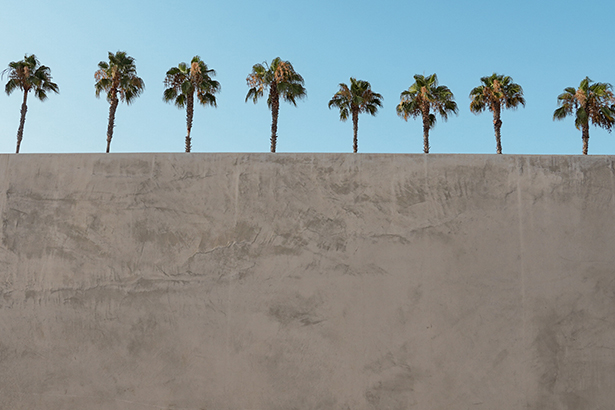Street photography is a challenging yet deeply rewarding genre that pushes you to capture unscripted moments in everyday life. Knowing how to shoot street photography means being ready at any moment—with the right settings, perspective, and creative eye to make ordinary scenes look extraordinary.
What You’ll Learn in This Article:
- How to set up your camera for quick, spontaneous shots
- Ways to use shadows and lighting creatively
- Tips for capturing unique angles and perspectives
- Techniques to find shapes, patterns, and leading lines in your environment
- How to develop your own street photography style through practice
TIP 1: Camera Settings

If you’re just learning how to shoot street photography, your camera settings are the foundation. To capture spontaneous moments quickly, it’s essential to set your camera for flexibility and speed. Start with a reliable baseline like ISO 100 and f/8 in bright conditions, or bump to ISO 200 and f/5.6 in lower light. From there, adjust as needed—this helps you focus more on the scene and less on fiddling with dials when timing is everything..
TIP 2: Use Light and Shadow to Enhance Your Street Photography

One of the most creative ways to improve how you shoot street photography is by using natural light—especially shadows—to your advantage. Shadows can act as powerful compositional tools, creating depth, visual contrast, and leading lines that guide the viewer’s eye through your photo. Experiment with different angles until you discover a framing that transforms ordinary shadows into artistic storytelling elements.
TIP 3: Explore Unique Angles for Dynamic Street Photography

Another effective technique when learning how to shoot street photography is to vary your perspective. Most people see the world straight-on, so changing your angle—shooting from above, below, or through objects—instantly makes your photos stand out. These creative viewpoints help add energy and curiosity to your shots, encouraging viewers to linger and engage with the scene.
TIP 4: Look for Shapes, Patterns, and Leading Lines in Urban Scenes

To further elevate your skills in how to shoot street photography, train your eye to spot visual patterns and design elements in the environment. Repeating shapes, interesting textures, and architectural lines can all lead the viewer’s attention directly to your subject. Incorporating these elements not only strengthens your composition but also brings a more deliberate, professional feel to your work.
TIP 5: How to Shoot Street Photography With Your Own Signature Style

Ultimately, the most important part of learning how to shoot street photography is developing a style that feels authentic to you. Try shooting in various lighting conditions, play with different lenses, and experiment with editing techniques. Over time, your preferences will reveal themselves—and that personal vision is what turns a good street photo into a memorable one.
Tip 6: Choose a Versatile Zoom Lens for Street Photography
When mastering how to shoot street photography, having the right gear can make all the difference. Versatile zoom lenses like the Tamron 18-300mm f/3.5-6.3 Di III-A VC VXD and the Tamron 28-200mm f/2.8-5.6 Di III RXD offer remarkable flexibility, allowing photographers to adapt quickly to varying scenes without changing lenses.
- Tamron 18-300mm F/3.5-6.3 Di III-A VC VXD: Designed for APS-C Sony E, Nikon Z, Canon RF, and Fujifilm X mirrorless cameras*, this lens provides an impressive 16.6x zoom range, covering everything from wide-angle to super-telephoto. Its compact size and vibration compensation make it ideal for capturing dynamic street scenes with clarity and stability.
- Tamron 28-200mm F/2.8-5.6 Di III RXD: Tailored for full-frame Sony E mirrorless cameras, this lens combines a broad focal range with a bright f/2.8 aperture at the wide end, ensuring excellent performance in various lighting conditions. Its lightweight design and rapid autofocus system are perfect for photographers who need to react swiftly to unfolding moments.
By integrating these all-in-one zoom lenses into your kit, you can enhance your ability to capture compelling street photographs with versatility and ease.
*Canon RF and Nikon Z mounts coming Summer 2025
Bring Your Street Photography to Life
In conclusion, mastering how to shoot street photography takes patience, practice, and a willingness to observe the world in a different way. By applying these tips—solid camera settings, creative lighting, fresh angles, and thoughtful composition—you’ll be better equipped to capture powerful, story-driven moments. Keep your camera ready, stay present, and let the streets surprise you.
Learn more about Tamron lenses at an authorized Tamron dealer in your area or visit the TAMRON Store today.
l
